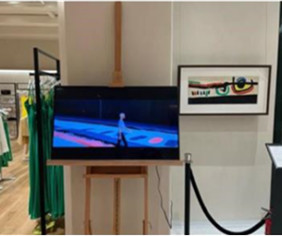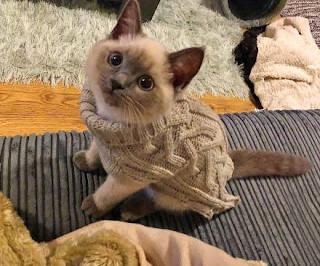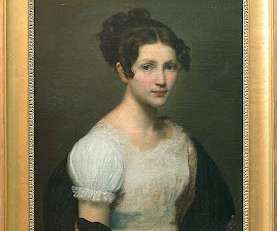First duel between NFTs and copyright before the Spanish courts: NFTs 1 – Authors 0
Kluwer Copyright Blog
APRIL 22, 2024
Technically, from a copyright perspective, the NFTs were derivative works of the Paintings (underlying works), since the former included major copyrightable elements of the (previously created) latter. Therefore, the moral right of “disclosure” had already been exhausted.











Let's personalize your content